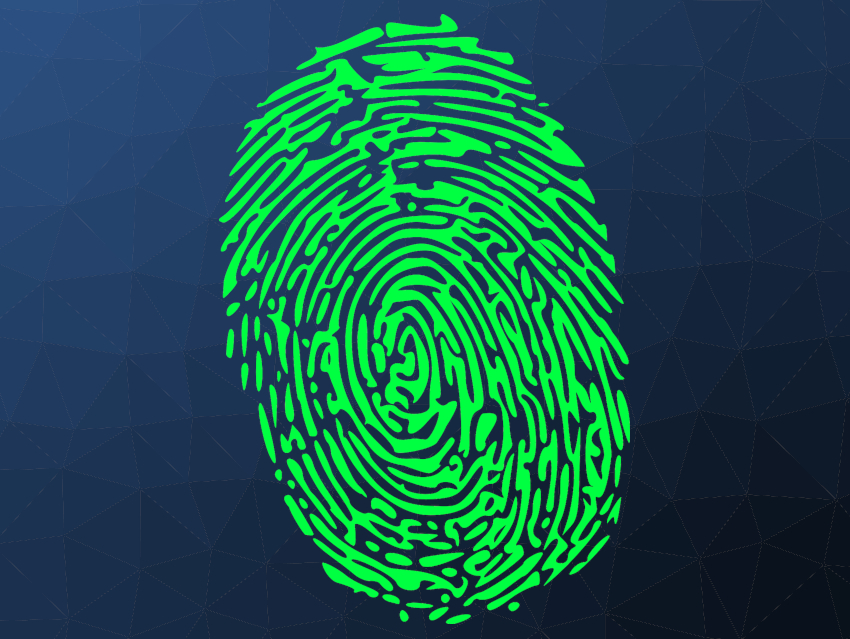Fingerprints can be critical pieces of forensic evidence. Their whorls, loops, and arches are unique to each person. When violent crimes are committed, a culprit’s latent blood fingerprints can be hard to see, especially if they tried to clean the scene. Dyes can be used to reveal this type of invisible evidence. However, some of these dyes require complex techniques to develop the images, and busy backgrounds can complicate the analysis. In addition, some textured surfaces, such as wood, pose challenges for an identification. Fluorescent compounds can enhance the contrast between fingerprints and the surface on which they are deposited. To get a good image, the fluorescent compounds need to form strong bonds with molecules in the blood.
Li-Juan Fan, Soochow University, Suzhou, China, Rongliang Ma, Institute of Forensic Science, Ministry of Public Security, Beijing China, and colleagues have developed a simple and effective visualization strategy for latent blood fingerprints on different surfaces. The method is based on an amino-functionalized yellow-green fluorescent polymer that strongly binds to blood serum albumin proteins. The polymer is an amphiphilic poly[p-(phenylene ethynylene)] (PPE), functionalized with two protonated primary amino groups and two dodecyloxy ester groups in every repeat unit. The team dissolved the polymer in dimethylformamide (DMF) and soaked a cotton pad in the solution. The cotton pad was placed on top of prints made with chicken blood on various surfaces, such as aluminum foil, multicolored plastic, or painted wood. After a few minutes, the researchers peeled off the pad, and then let the surface dry.
On all surface types, the developed prints showed high contrast between the blood and background under 415 nm light and revealed details, including ridge endings, short ridges, whorls, and sweat pores. These patterns were distinguishable even if the researchers contaminated the prints with mold or dust, and they lasted for at least 600 days in storage. Human DNA remained intact after being mixed with the polymer, suggesting that genetic material found after processing a print could still be analyzed.
- Highly Stable, Nondestructive, and Simple Visualization of Latent Blood Fingerprints Based on Covalent Bonding Between the Fluorescent Conjugated Polymer and Proteins in Blood,
Zhinan Fan, Chi Zhang, Jiajun Chen, Rongliang Ma, Yaoqi Lu, Jia-Wei Wu, Li-Juan Fan,
ACS Appl. Mater. Interfaces 2021.
https://doi.org/10.1021/acsami.1c00710




